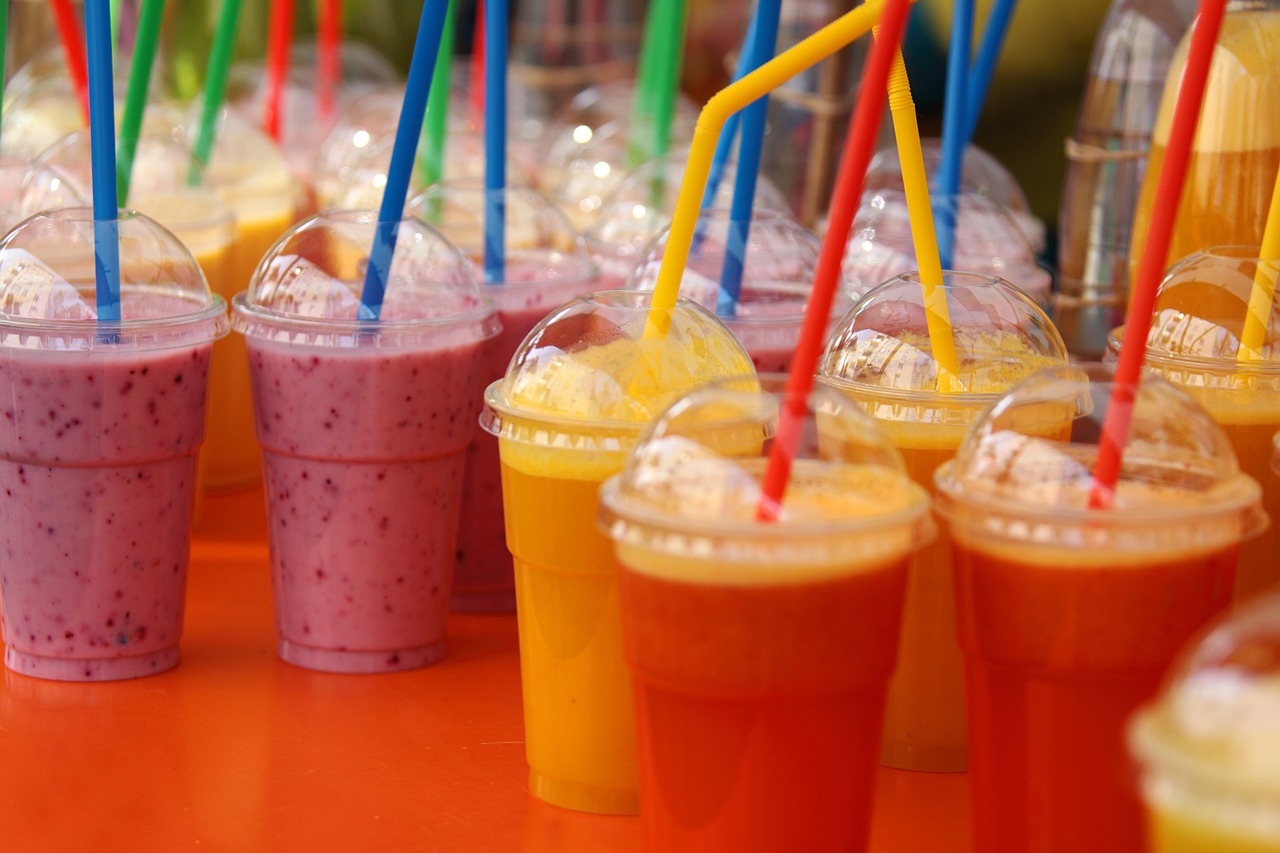We all want to eat healthily. Many foods have health benefits we don’t want to miss. However, some other foods masquerade as healthy superfoods when, in fact, the opposite is true.
The health halo effect
According to experts, this phenomenon is known as the “halo effect.” In the food industry, the phenomenon manifests itself in certain labels on the packaging of various foods, such as “high in fiber” or “low in calories,” to give the impression that they are healthy. In reality, however, these foods are highly processed and, therefore, anything but a healthy choice. Because truly healthy foods do not have to be labeled “healthy.”
We reveal 5 foods for which this is more often than not the case:
Juice and smoothies from the supermarket
Supermarket juices and smoothies are often sold as a source of vitamins from real fruit. However, they often contain sweeteners that not only directly contribute to an increased risk of tooth decay in children but also increase the risk of obesity and type 2 diabetes in adults. Juices and smoothies should, therefore, only be bought freshly squeezed. Or preferably, prepare them yourself – then you know exactly what’s inside.
Protein bars
Protein bars are often labeled as “high in protein,” “low in sugar,” and “low in calories.” However, these bars often contain dozens of unhealthy ingredients, including many artificial sweeteners and emulsifiers that are not good for our gut.
Muesli
Breakfast cereals are usually labeled as “sources of vitamin D,” “made from whole grains,” “plant-based,” and “containing iron.”. However, what is hidden in the small print is lots of sugar and few nutrients. A healthier breakfast alternative? Porridge!
Supermarket cookies and bread
Bread from the supermarket is usually frozen for weeks. To last as long as possible before being sold, supermarket cookies contain up to 30 ingredients, including various preservatives, emulsifiers, sugar, and artificial colorings. Bread tastes better straight from the baker and is much healthier.
Children’s snacks
Many children’s snacks are also sugar traps. Some contain one to four sugar cubes per children’s bar! Experts, therefore, recommend that parents look beyond the labels and focus on the actual list of ingredients instead.
- source: gesund24.at/picture: Bild von PublicDomainPictures auf Pixabay
This post has already been read 2780 times!



